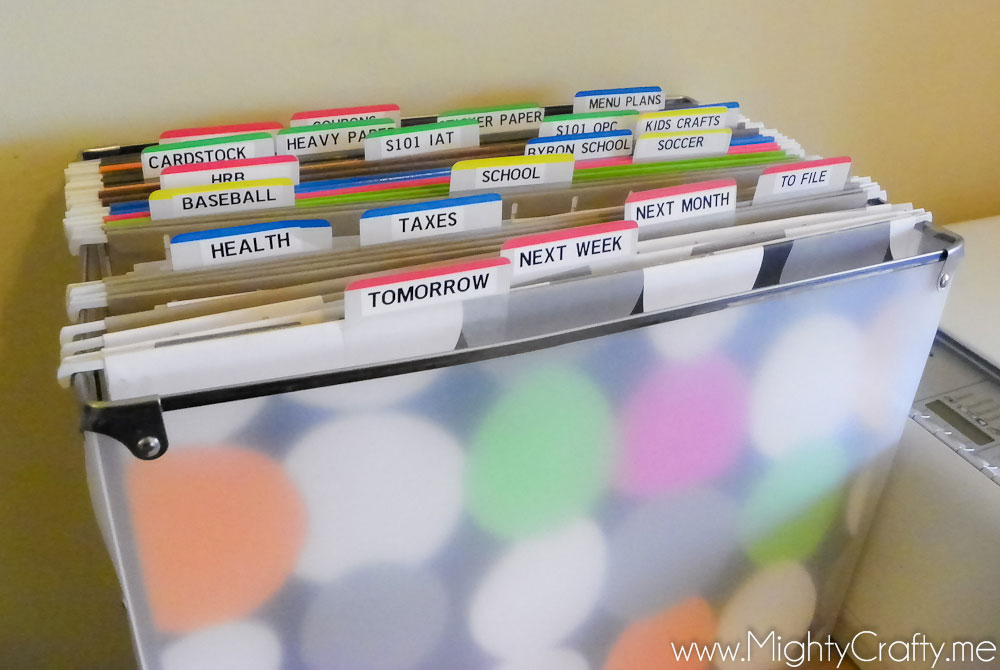7 Genius Ways to Organize Your Business Paperwork

Are you drowning in a sea of business paperwork? You’re not alone. Keeping your business documents well-organized is not only a necessity for efficiency but can also save time, reduce stress, and maintain compliance with legal and financial standards. Here are seven genius strategies to transform your paperwork chaos into an organized masterpiece:
1. Implement a Color-Coding System


Color-coding is a visual organization strategy that helps in distinguishing documents at a glance. Here’s how to start:
- Assign Colors to Categories: Decide on which documents belong to different categories like accounting, HR, marketing, etc. Each category gets its own color.
- Use Color-Coded Folders: Purchase folders in bulk in the colors you’ve selected. These can be found in office supply stores or online.
- Extend Color Coding: Beyond folders, use colored labels or tabs on binders, envelopes, and filing cabinets to maintain the system.
💡 Note: Consistency is key. Ensure that all team members know and follow the color-coding system for seamless organization.
2. Go Digital with Document Management Software


The digital era has brought us countless tools to manage business documents more efficiently:
- Cloud Storage Solutions: Platforms like Google Drive, Dropbox, and OneDrive not only store documents but also provide robust sharing and collaboration features.
- Document Management Systems (DMS): Solutions like DocuWare or FileHold can track document versions, manage workflows, and automate processes.
- Optical Character Recognition (OCR): Incorporate OCR to turn paper documents into searchable PDFs.
3. Establish a Standard Filing System

Creating a uniform filing system is essential for consistency:
- Chronological Filing: Sort documents by date, which is particularly useful for invoices, bills, and financial statements.
- Alphabetical Filing: Organize client files or project documents alphabetically.
- Numerical Filing: Use numbers for large quantities of documents, especially in manufacturing or inventory management.
Here is how you can categorize your documents:
| Category | Type of Documents |
|---|---|
| Accounting | Invoices, receipts, bank statements |
| HR | Employee records, contracts, payroll |
| Legal | Contracts, agreements, legal correspondence |

4. Use Retention Policies

Businesses must retain documents for varying periods:
- Decide on retention periods according to legal requirements and business needs.
- Implement secure shredding practices for documents that reach their retention limit.
- Use retention schedules to remind when it’s time to destroy or archive documents.
📚 Note: Always consult with your legal department or an advisor to ensure compliance with document retention laws.
5. Weekly or Monthly Paperwork Reviews

Regular reviews help prevent a build-up of paperwork:
- Set aside time each week or month to go through your documents.
- File, shred, or digitize as necessary during these reviews.
- Use the opportunity to update your systems or purge outdated documents.
6. Set Up a Correspondence Tracker

Managing business communication effectively:
- Create a log or use specialized software to track all business correspondence.
- Include columns for date received, sender, type of document, action required, and deadline.
- Ensure follow-up tasks are assigned and completed.
7. Train Your Team

The most well-thought-out system can fail without team buy-in:
- Conduct regular training sessions to ensure all employees understand and follow your document management practices.
- Involve the team in the system’s development to garner commitment.
- Encourage and celebrate feedback and improvement suggestions.
The key to an organized business document system lies in adopting and sticking to these genius strategies. By implementing color-coding, going digital, setting up standard filing, establishing retention policies, conducting regular reviews, tracking correspondence, and training your team, you’ll transition from chaos to clarity. Remember, organization is an ongoing process, not a one-time event. Adjust your strategies as your business evolves to ensure your document management system remains effective and efficient.
What are the benefits of a color-coding system in document management?

+
A color-coding system visually distinguishes documents, making retrieval quick and efficient, reducing misfiling, and allowing for easy scanning of your filing cabinet or document area.
How do I choose the right document management software for my business?

+
Consider factors like scalability, user-friendliness, compliance features, integration capabilities with existing systems, cost, and customer support when selecting document management software.
What’s the best way to organize client files?

+
Organize client files either alphabetically or numerically, and consider a hybrid system where each client has a numerical or alphabetical code corresponding to a color-coded folder. Include sections for contracts, correspondence, billing, etc.
What are some common mistakes to avoid in document management?

+
Common pitfalls include inconsistent filing, not purging outdated documents, lack of staff training, and not reviewing and updating the system regularly.



